
 By Eliza Popova
By Eliza Popova
- What did the district #1 do as an organization before February 24? And how has your activity changed now? - By February 24, from 2018 to 2020, we were engaged in organizing an event on Reitarskaya Street - District #1 Block Party. This raised funds to restore the historic street in order to attract more tourists, locals and develop the street. Four events were organized in two years. Part of the street has actually changed. It is now one of the most popular youth streets in Kiev.
Many tourists come there. The Covid-19 happened then, it was difficult to develop the project during the pandemic. Therefore, until February 24, we did not conduct Block Party. Already after the start of a full -scale war, we had the idea of first restoration of de -industrial cities, and only then we realized that it could be combined with the project area #1, because, in fact, the idea of recovery was in that project.
Therefore, since February 24, we simply expanded the project on one street to the whole country, went into the format of the charity fund and began to help the cities that were in the occupation. - How did one street experience really help you to scale on such more serious, in terms of the amount of effort attracted, tasks? - In fact, before the war, I was engaged in organizing measures. Andrew, the second partner, was engaged in more creative businesses, advertising and marketing.
And our skills that were before the war (organization and coordination of people) are simply very much [needed] during the war. Among the civilian population, and among many utilities, there is a very big confusion - no one knows where to run.
And it was the skills of understanding a plan of action in chaos, coordination of people, and helped us in the first weeks; So far, they help to somehow logically and structured in the chaos of war what we need to do to help more people with the resources we have.
- How did you come to you that you can help you? What is what you will do? Did the then doubt about this decision? If you arise, how do you agree with you that you will continue to do your business, despite any difficulties? - Somewhere in the second week of war, like all, we began to help the military, carry a humanitarian, medicines. And in the first weeks of the war, I rode the US military under Kherson. For three days we lived at zeros with this military.
I helped as a translator to introduce him in a case. We lived in the village, which is the first from the fighting line. And as you know, it was completely destroyed - there was no house that survived. Being there when I saw people who were in occupation, who are still trying to live in these villages, then I had the idea that we need to develop the direction of assistance to the civilian population, which was also affected by the war.
Sometimes there are people who need help even more than some military. In cities that are occupied, people who cannot leave are usually people who have no one. They are by themselves. Usually, these are the elderly. I realized there: if there are some territories in the Kiev region, then you need to go there and somehow help. Now there is no point in Kherson under Kherson. There is the only meaning there is to export civilians who are still left. But there is no point in recovering there.
When the Kyiv region was released, the first week was looking for options how to get help here. - How did you decide which settlements to choose? And where are you working now, with what settlements in the Kyiv region? - If it is simple, where we have objects now, it is probably all districts of Kyiv region. If more specifically, there is a fairly large project in the Ivankiv community, it is the village of Kukhari.
We will completely restore 12 houses and a large two -storey apartment building - a large enough, about 1500 square meters of roof. We also have a school of junior classes in [village] Mostyshche (this is between Gorenka and Gostomel), which was also injured. And in the village of Lake near Gostomel. These are objects that we have already been put into operation by October by October and they will be able to function. It's turnkey.
We also have more than 50 objects that we preserve, seal, or partially repair where there are no severe damage. There are many objects where just a few sheets of the curtain are damaged, one or two windows. And [the number] of such objects is already difficult for me to remember. - Many such objects, do you not list them now? - There is a table, we keep [accounting]. We with every person we do something, we make an act.


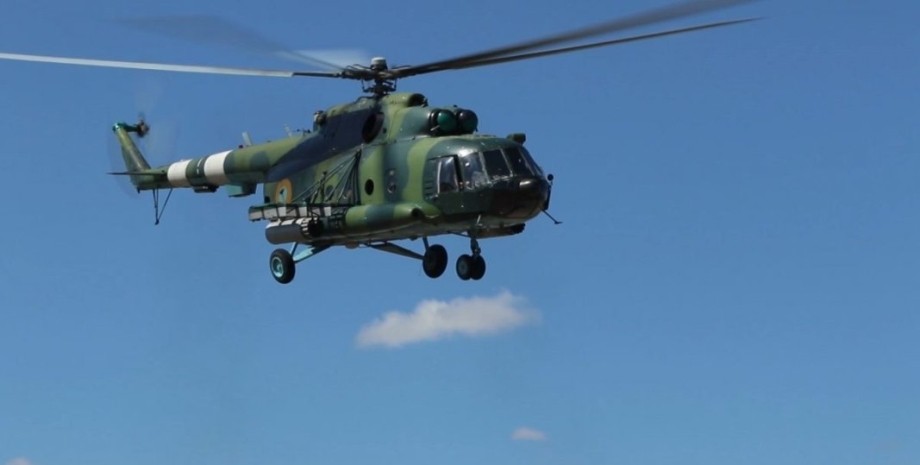
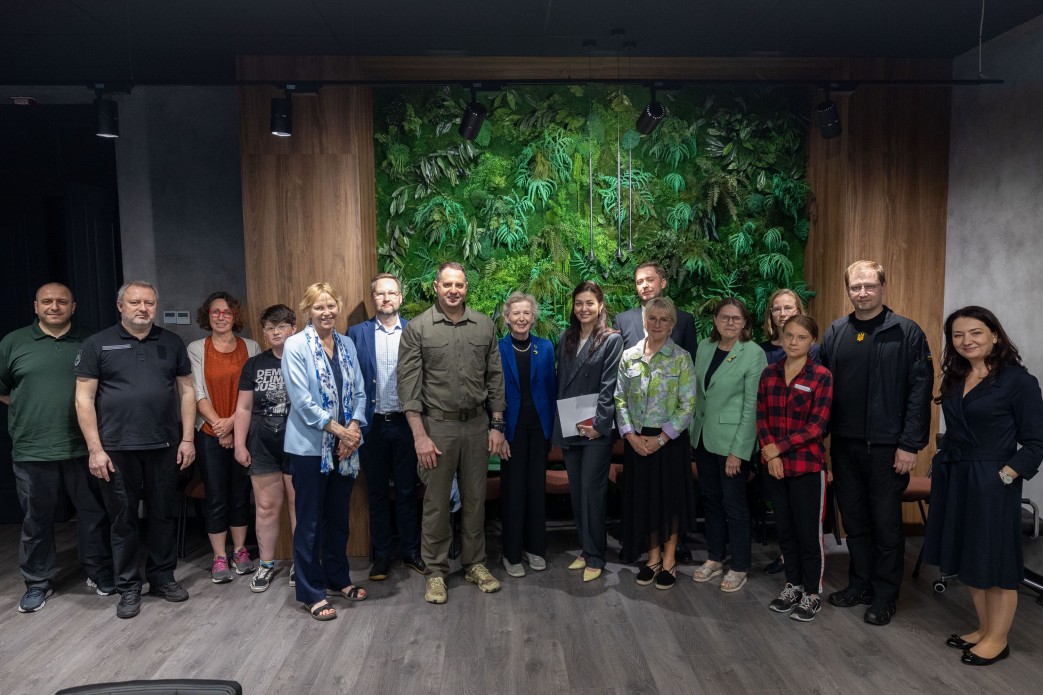

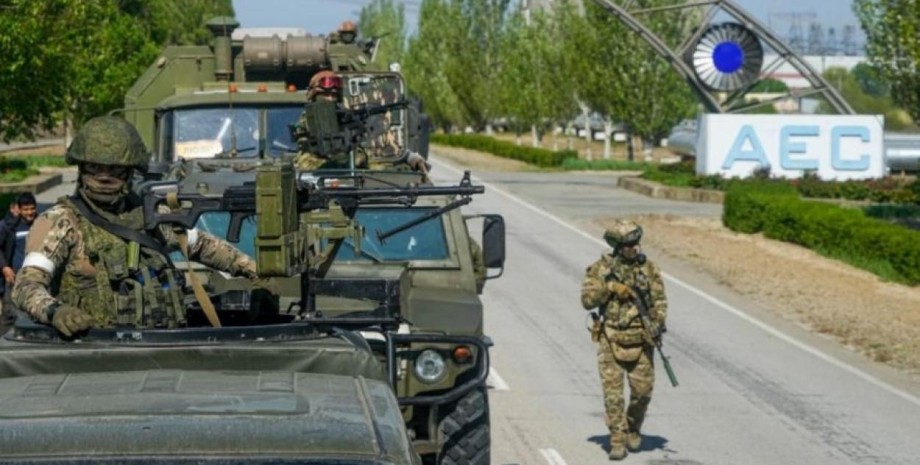

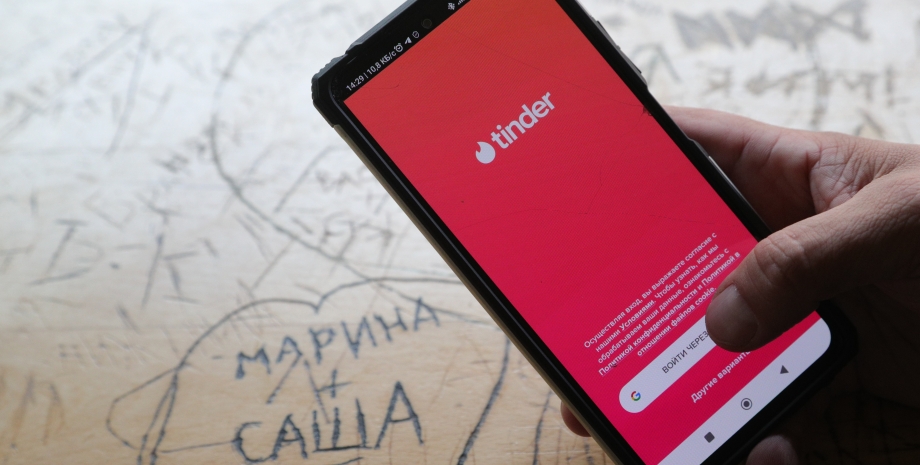
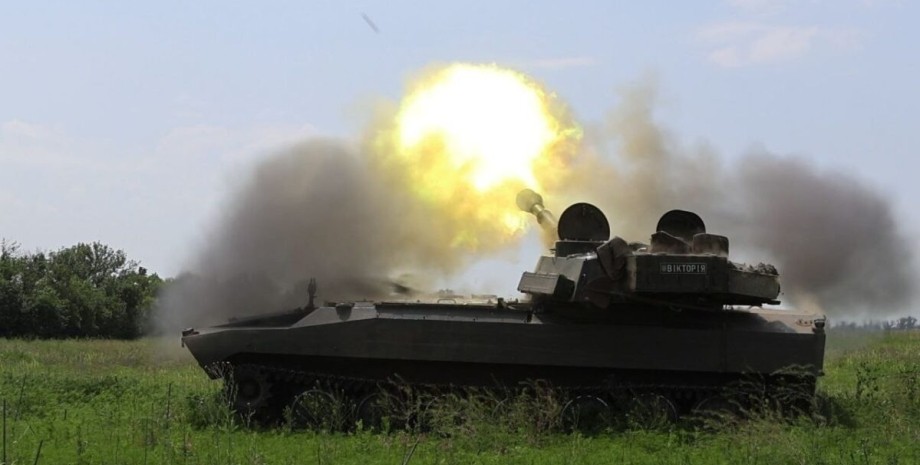

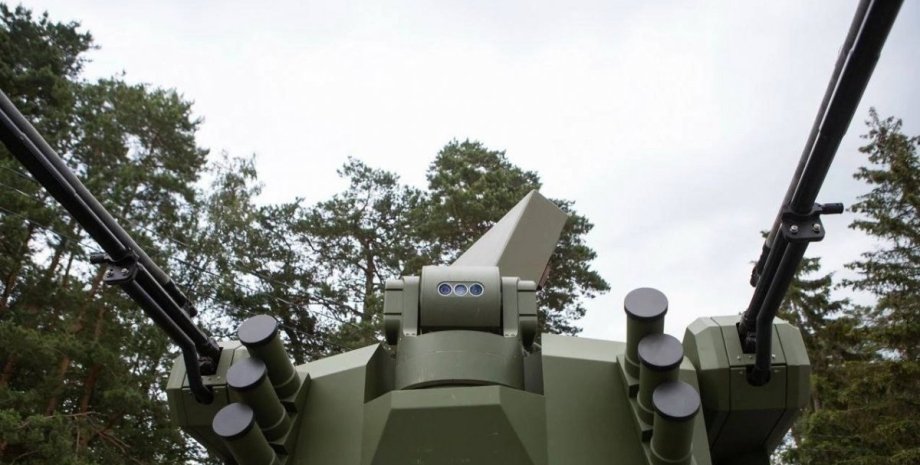

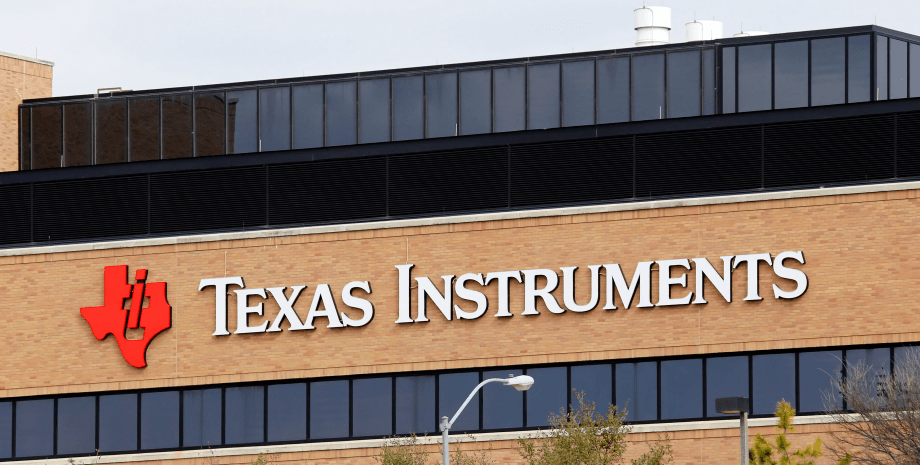
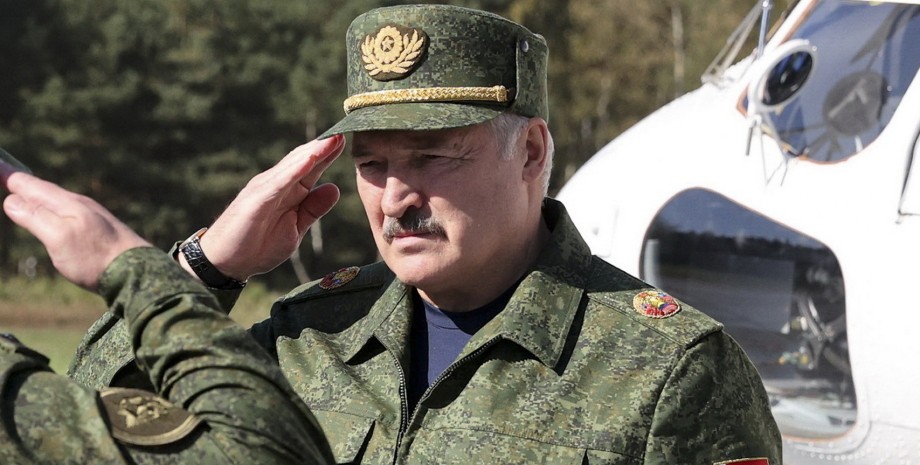
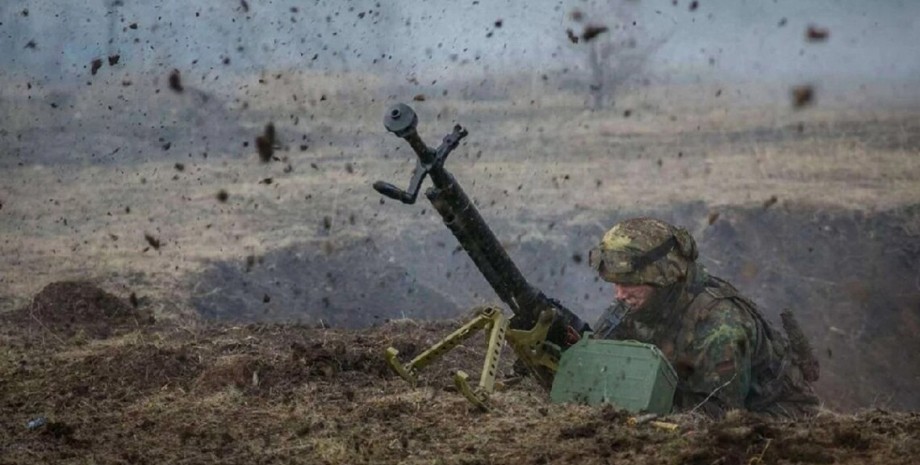
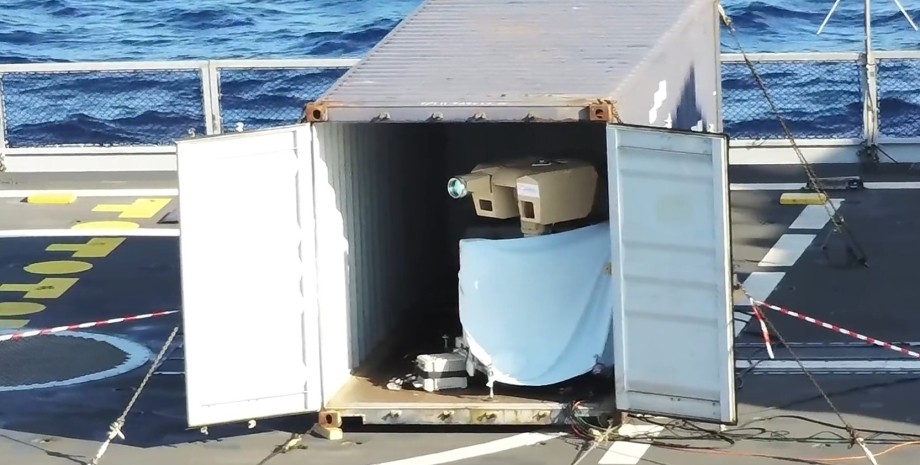

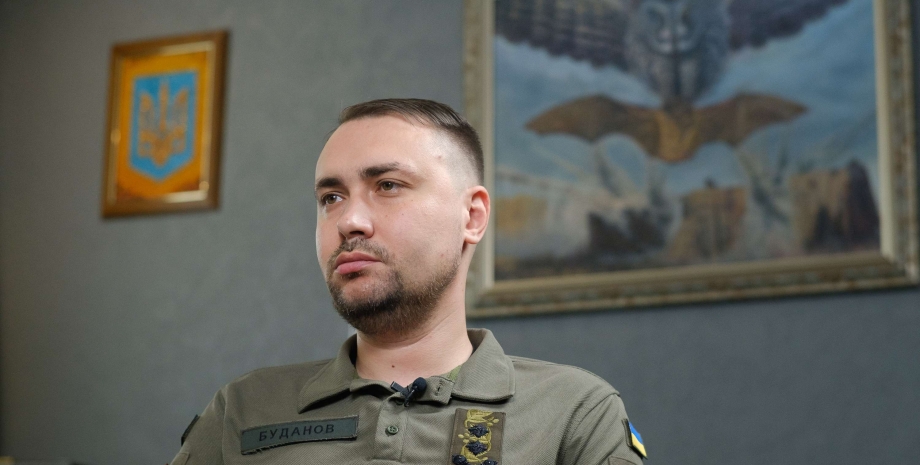
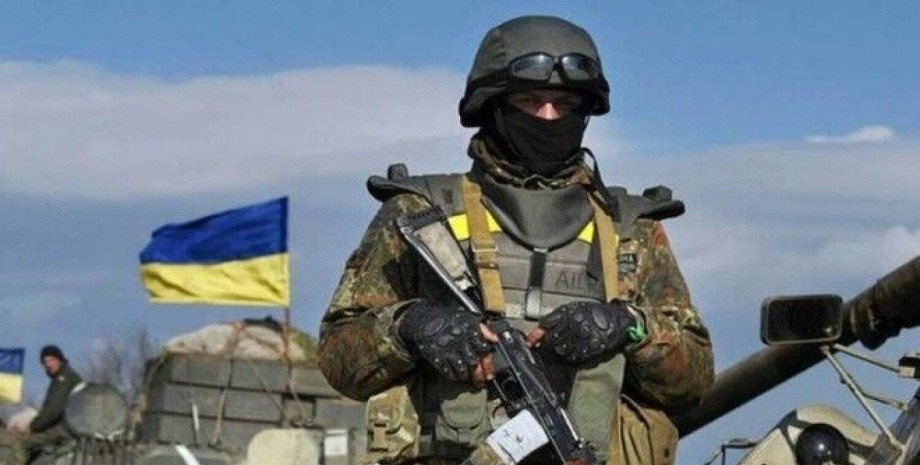

Všetky práva vyhradené IN-Ukraine.info - 2022